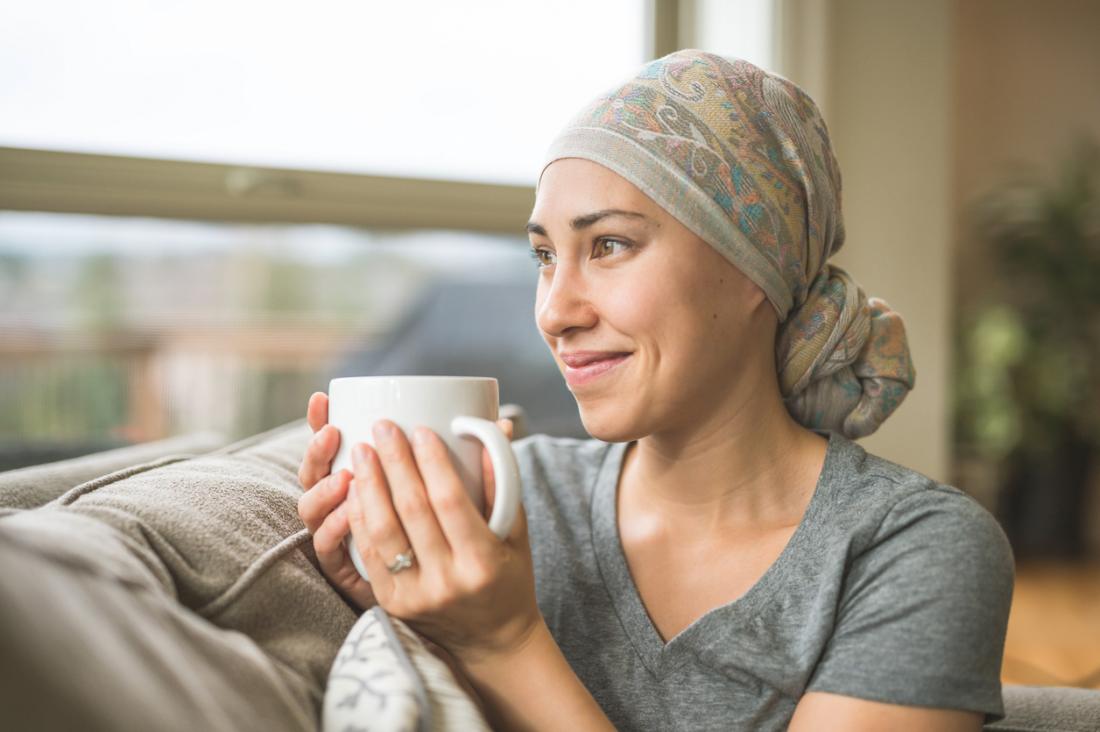Cancer is, unfortunately, one of the most common diseases people suffer from today. Those who manage to pull through successfully have yet another challenge ahead of them. It’s the chemo. Often, it happens to be the most stressful phase of having cancer. It carries many side effects, and hair loss is one of the most frequent ones.
Hair loss that happened as a result of chemotherapy is also one of the most shocking effects people have to cope with. Why does hair fall off during chemotherapy? How can a patient prepare for this? What is the best way to care for your hair during chemotherapy? What can be done after chemotherapy? How fast will the hair grow back? Most people find that it is easier to deal with hair loss if they know what to expect, which is why we have made a list of tips and tricks that help manage hair loss in this difficult phase of life.
But before we list them out, let us learn about why hair loss is such a frequent thing…
Just as chemotherapy affects all cells in the body, not just cancer, the same happens with the hair calls. Cells in some parts of the body like the mucous membranes and skin of the mouth, stomach, and hair follicles are much more sensitive to chemo than in others. It is because these cells multiply faster than cancer cells. Drugs used in such therapy aim to destroy rapidly growing cancer cells or stop their growth. Unfortunately, they also kill other, healthy cells whose growth is quicker than others, such as the cells in our hair follicles that cause our hair to grow. This is the reason why chemo causes hair loss.
1. Get a haircut

Cutting your hair or shaving it completely is not necessary, but it is often recommended. Some believe that the transition from long hair to a shaved head is psychologically easier if it is done immediately before chemotherapy than during it. It also has a practical advantage: when the hair starts to fall out, it will not be visible. It is surely very stressful to notice a handful of hair falling off at once.
On the other hand, cutting and shaving hair gives a feeling of controlling the process of hair loss, instead of passively experiencing it. However, the advice is that if the patient decides to shave his hair, it is recommended to use an electric trimmer, taking care not to cut the skin, preferably with an experienced hairdresser.
2. Use a wig

Surely, this is not the time to enjoy a makeover, but given the circumstances, it can be an excuse to buy a wig or a hairpiece to try out a new style or color. These accessories are available all over the market, and even if you do not experience complete hair loss, getting a hairpiece like a lace front wig will surely make this experience easier for anyone. Matching color, hairstyle, and all other important things today is quite simple.
3. Try different cover-ups
If none of the above sounds adequate to you, using a scarf is also an option. You can find different tutorials on how to tie them around your head to get a very cool look, and a variety of scarves can add some colors to this grey phase of your life.
4. Be gentle to your hair

Be gentle to yourself generally, especially during this period of your life. Treat your hair gently by following a couple of simple advice, like washing it with a mild shampoo, avoiding excessive combing, staying away from curlers, fans, and other heat sources, using a brush with sparse teeth, avoiding aggressive hairstyles.
5. Be gentle to your head skin, too
Treating the scalp skin is just as important as being gentle to your hair. There are methods you can use additionally to make sure there is no itch or bruises caused by scratching.
Also, ask your doctors about scalp hypothermia – it involves placing ice packs or similar cooling items on your head before, during, and after chemotherapy. The consequences are a feeling of coldness which influences blood vessels to narrow down and take in less medicine. According to some experiences, this reduces hair loss.
6. Try patience

This is phase will not last forever, so arm yourself with as much patience as you can. Your hair will start to grow back two to three months after you stop the treatment. Maybe even sooner. Be prepared or the fact that your hair may be a different color or quality after the therapy. But this is also something you can work out by giving your hair extra TLC.
7. Talk it over
Sharing what you’re going through with anyone, verbalizing it is a great way to overcome the stress caused by losing hair. It is completely normal to feel depressed, and experience a lack of self-esteem during this period. Hair, especially in women has a lot to do with self-esteem.
See if you can find a support group somewhere near you to join in and start talking about it. Support groups are by far the best choice. If you can’t find one, therapy will do as well. You deserve to handle this issue in a healthy way and make sure you do not suffer any consequences after.
Hair loss will not happen to everyone, so here is a couple of more pieces of advice on how to take care of your hair in these difficult times.
How to take care of hair during chemotherapy?

During chemotherapy, specialists recommend gentle hair care. Hair should not be washed too often and mild shampoos should always be used. If your hair is blow-dried, be sure to use the lowest temperature setting. Hard brushes and curlers should definitely be avoided, as well as hair coloring.
Hair loss can occur as early as the second or third week after the first cycle of chemotherapy, and the loss may begin only after the second cycle of chemotherapy. Some people gradually lose hair, while others immediately begin to lose hair in large quantities. In any case, applying at least some of the tricks we gave you, will work wonders.

